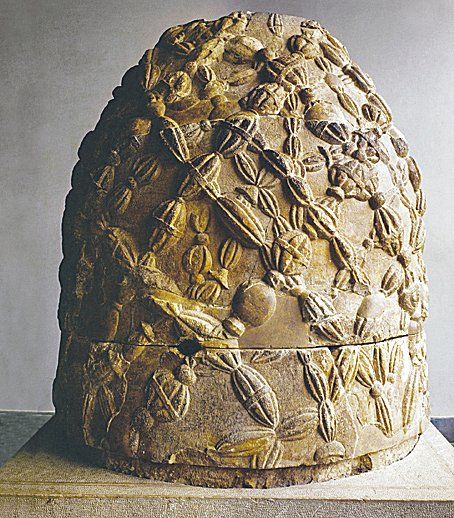The Apulian Omphalos, the Templars and the black Virgin

The Omphalos, in Greek means navel and indicates a sacred center, a place where the divine meets the ground. There are many omphalos in the world. In Italy, the tradition is linked to many symbols worked by man, like circular boulders. Often they are represented by obelisks, menhirs, wells or by the strange symbol of […]
Apulia,what does the name means?

We don’t know exactly from where the name Apulia derives but it is told that it is connected to the chronic lack of water that has always characterized the region. But it has not always been so arid like now. During prehistoric periods there were rivers that surely flowed in Puglia, but almost no trace […]